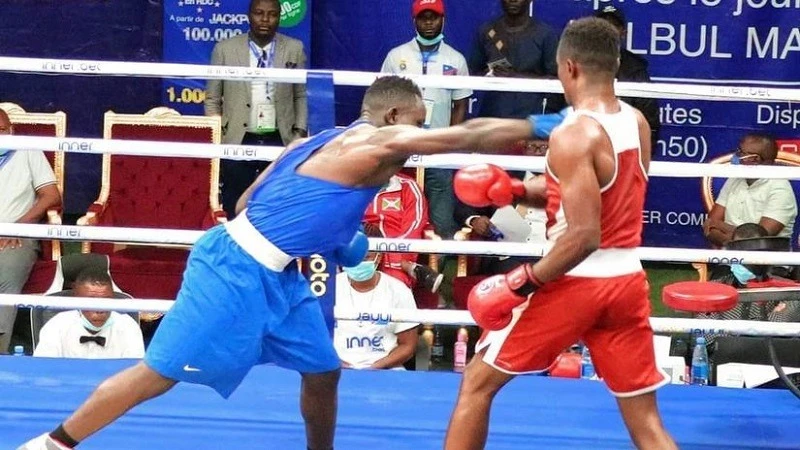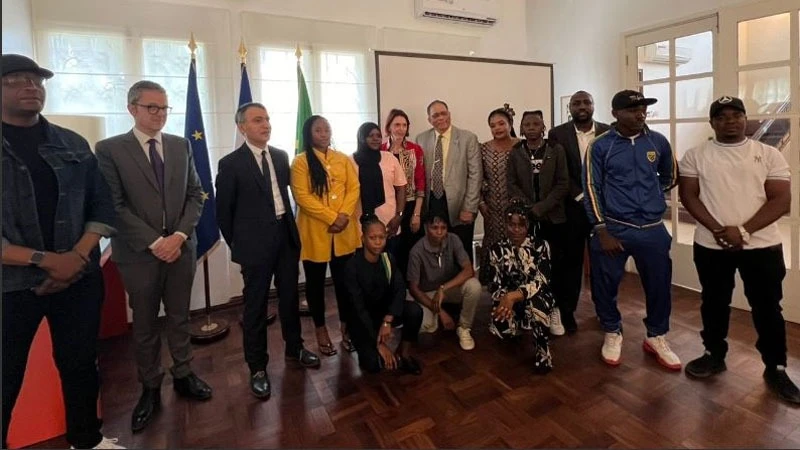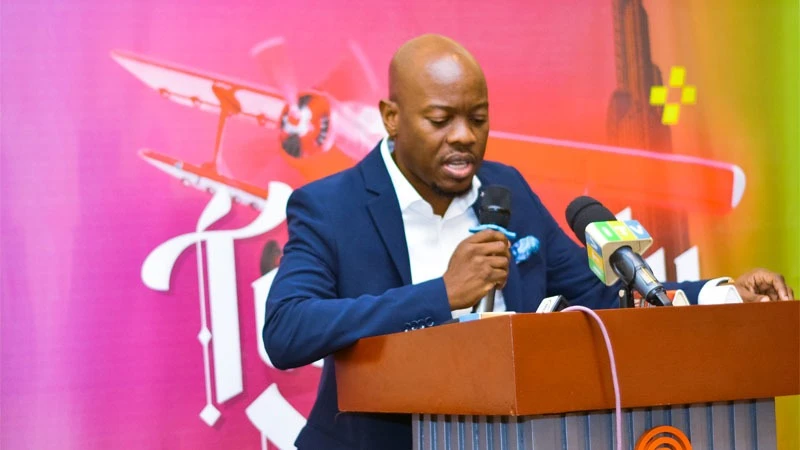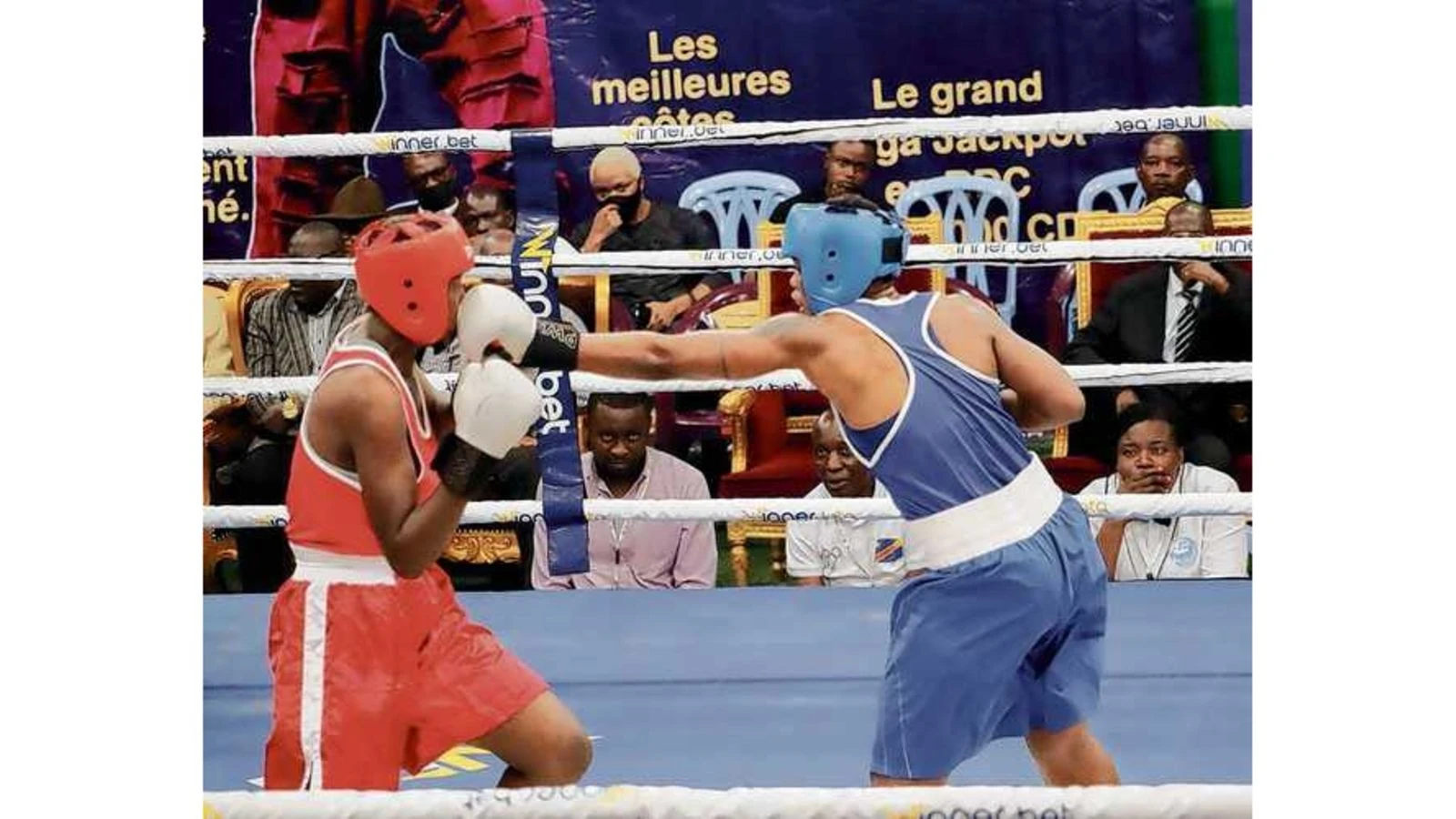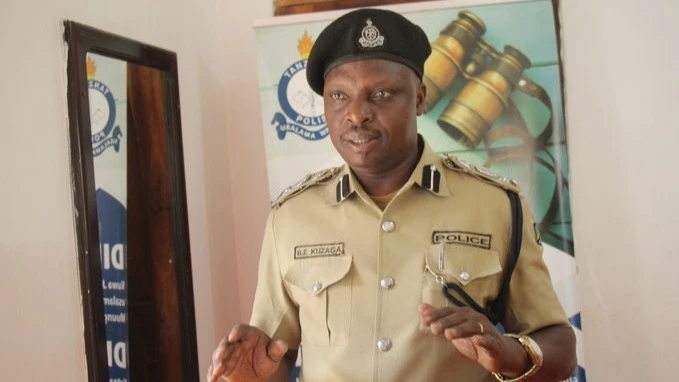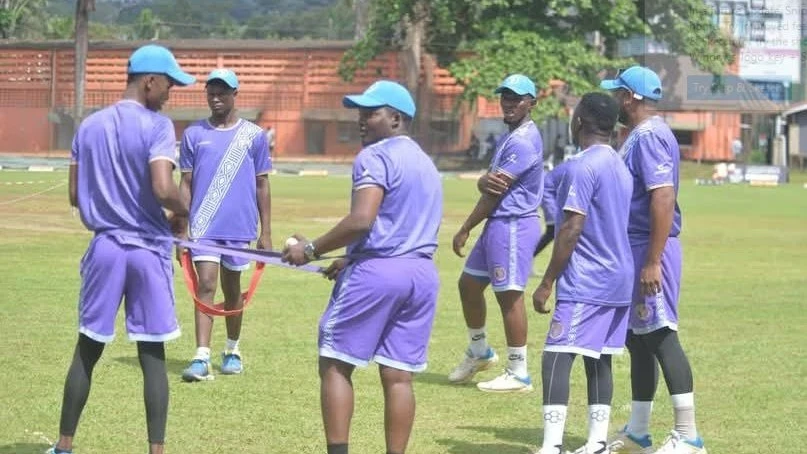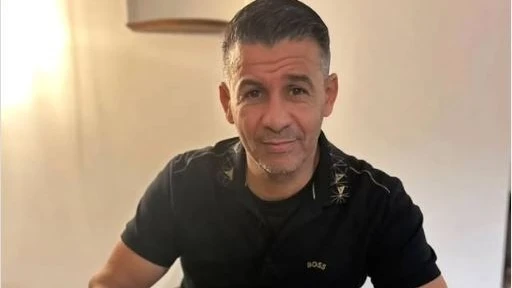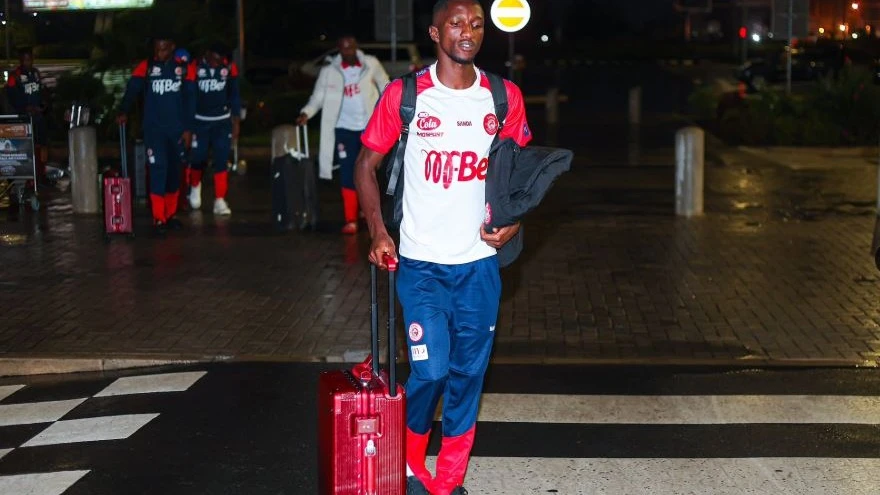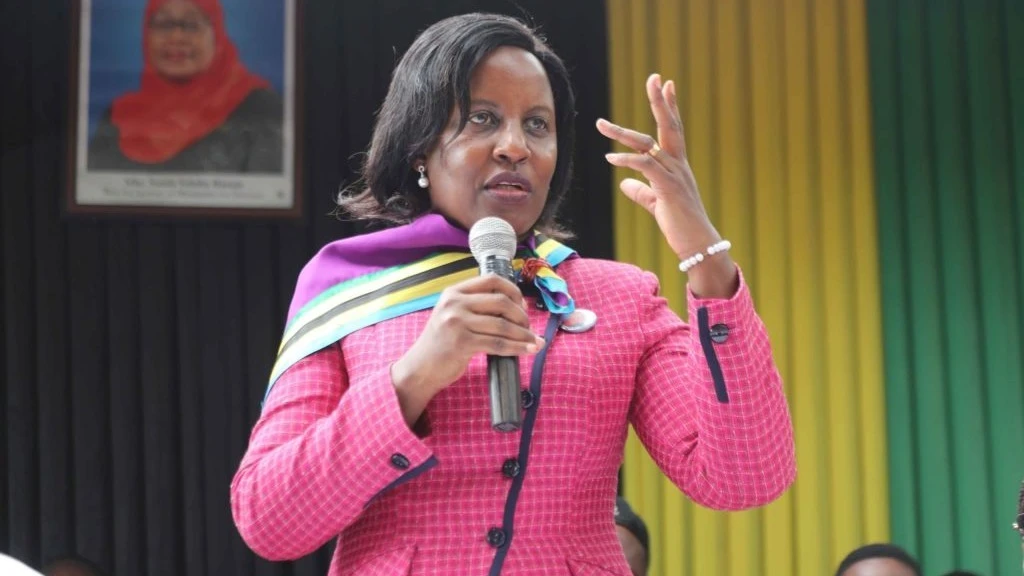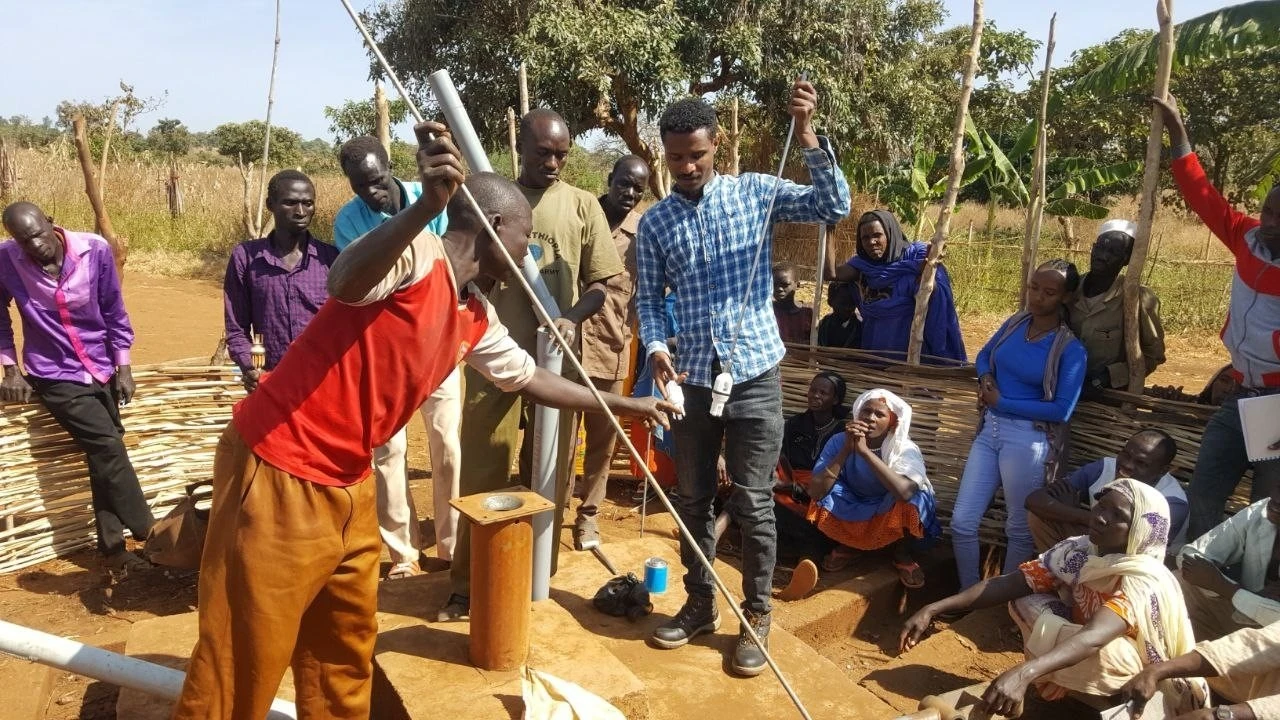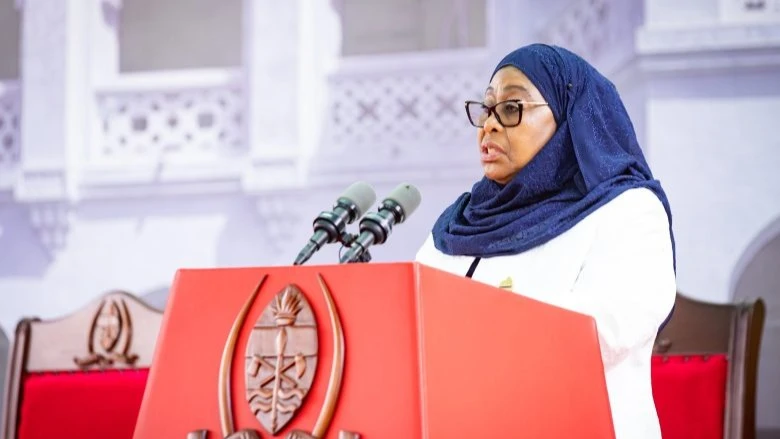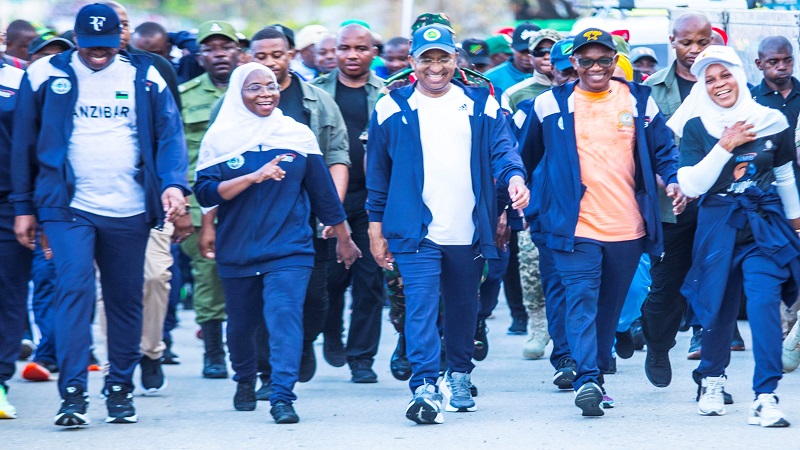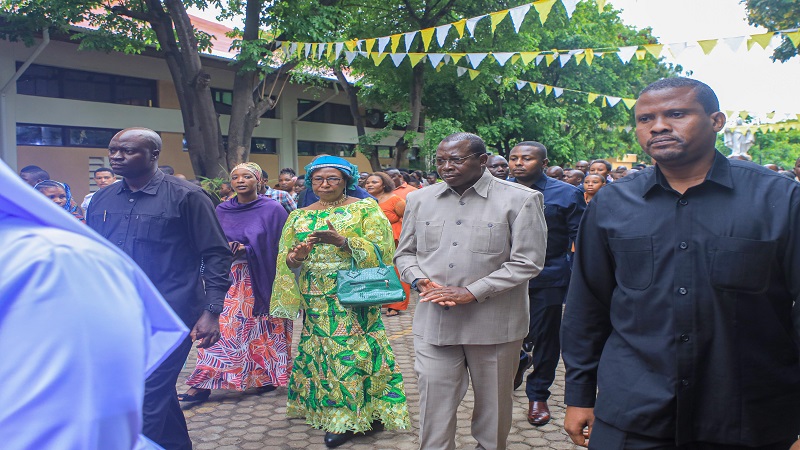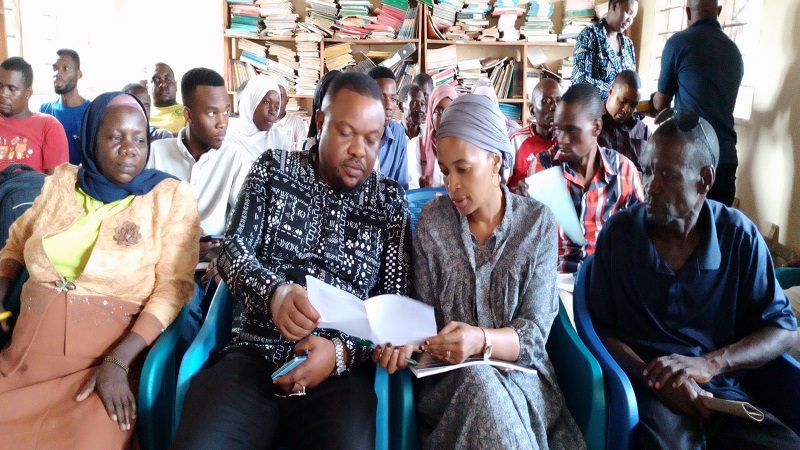After 50 unbeaten games, Yanga’s new tactical era faces first test
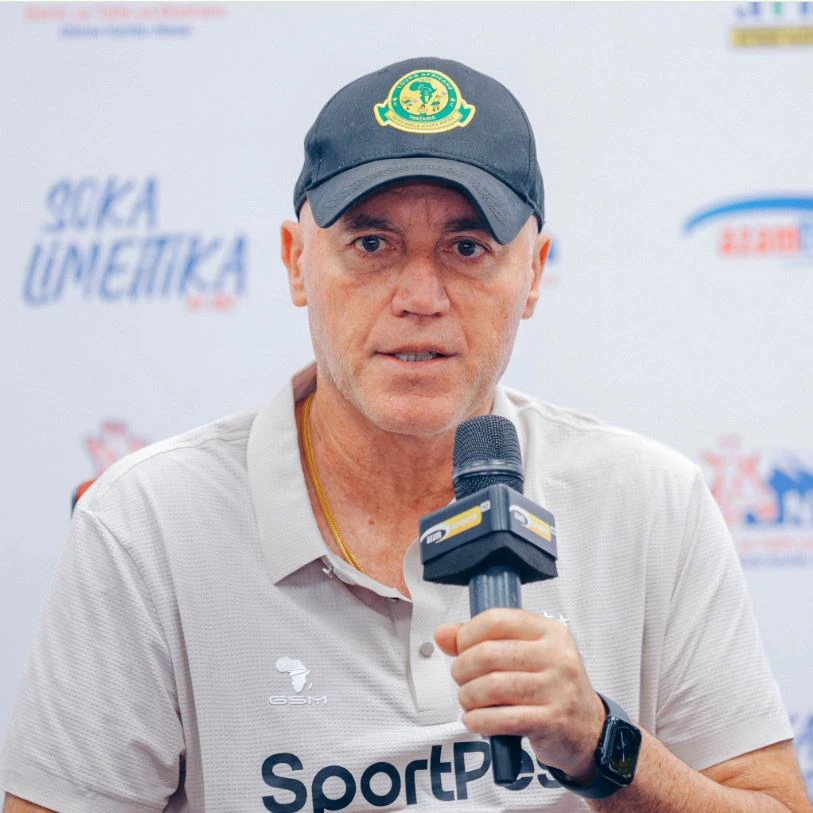
YOUNG Africans’ extraordinary 50-match unbeaten home streak in the NBC Premier League ended on Saturday with a 1-0 loss to Azam FC at the Azam Complex.
This defeat brought an end to a run that began in April 2021 under former head coach Nasreddine Nabi.
The streak, a testament to the club's dominance, highlighted a robust defense that had consistently kept opponents at bay.
However, a noticeable issue this season has been the inconsistent performance of Young Africans’ front line, an area which has become increasingly concerning for the club and its fans.
*Striker Struggles
Under the leadership of head coach Miguel Gamondi (pictured), Young Africans’ strikers have yet to find their rhythm. While the club has scored 12 goals across nine matches, only three of those have come from the strikers.
Forward players like Jean Baleke, Clement Mzize, and Kennedy Musonda have been unable to make significant contributions, despite ample support from the club’s creative and skilled midfield.
This challenge isn't new. Last season, several strikers, including Augustine Okrah, Hafidh Konkoni, and Joseph Guede, also struggled to make an impact in front of the goal.
The issue even dates back to previous coaches like Mwinyi Zahera and George Lwandamina, who saw strikers such as Gnamien Yikpe fail to produce consistent results.
The recent drought among strikers suggests a recurring issue at Young Africans in maximizing striker output despite varied tactical approaches over the years.
*Tactical Transformation Under Gamondi
Gamondi’s arrival has brought a notable shift in tactical focus. Unlike his predecessor, Nabi, who relied heavily on striker Fiston Mayele to lead the attack, Gamondi has decentralized the offense, pushing the responsibility for scoring onto midfielders and wingers.
This tactical change has led to increased contributions from midfielders like Maxi Nzengeli, Pacôme Zouzoua, and defender Ibrahim Bacca.
Gamondi’s strategy emphasizes midfield control, creativity, and flexibility, which has strengthened the team's attack but at times sidelines the traditional role of the striker.
This tactical shift has not gone unnoticed among fans and analysts. By positioning players like Clatous Chama, typically a central attacking midfielder, on the wings, Gamondi has added versatility and unpredictability to the team’s playstyle.
Chama’s deployment as a winger has proven effective, as have contributions from Nzengeli, who has thrived in a dual role as both midfielder and winger.
*Evolving Roles in Attack
The new strategy has also seen Denis Nkane, a natural winger, used in a wing-back role, further bolstering the midfield's attacking capabilities.
This approach reflects Gamondi’s emphasis on creating a squad-oriented team rather than relying on a rigid starting XI. This fluid setup allows various players to step up as offensive contributors.
Last season, for example, players like Stephanie Aziz Ki and Nzengeli were pivotal, with Aziz Ki alone netting 21 goals and Nzengeli adding 10.
*Striker Reinforcements and Expectations
Despite the tactical success, the club has been proactive in attempting to address striker concerns. In a bid to add firepower, Young Africans signed Baleke and Prince Dube, players who bring distinct strengths to the team.
Baleke, known for his goal-scoring ability, has managed to score once this season. Though his role primarily revolves around finishing, he has limitations in build-up play and pressing.
On the other hand, Dube excels in positioning and teamwork but lacks the clinical touch to finish scoring opportunities, often thwarted by narrow misses or the woodwork.
Dube, in particular, has faced scrutiny from fans who expected immediate impact following his high-profile signing. The season, however, is still young, and Gamondi remains hopeful that Dube and Baleke will find their stride as the team continues to refine its approach.
Nonetheless, fans have voiced concerns about the lack of impact from these forwards, adding pressure on Gamondi to find a more effective formula that will unlock the team’s full offensive potential.
*Defensive Solidity Amid Offensive Adjustments
While Young Africans’ attacking line has yet to fully ignite, their defense has been a standout. They have allowed only one goal in nine matches, underscoring the effectiveness of Gamondi's tactical setup.
The team’s defensive resilience places them at the top of the league in terms of goals conceded, demonstrating Gamondi's success in building a formidable backline.
Yet, balancing this defensive prowess with a potent attack remains a challenge. Gamondi’s tactical approach has contributed to the team’s continued success, keeping them at the top of the league standings, but there is a growing need for offensive balance.
Fans and analysts alike believe that adjusting the tactics to incorporate more off-ball movement and enhancing service to the strikers could unlock greater potential in attack.
*Looking Forward
The club has made significant investments to create a competitive squad across all positions, leading to healthy internal competition.
Moving forward, Gamondi and his coaching staff may consider making tactical modifications to allow for a more balanced approach that integrates the strengths of the midfield and forwards.
Enhanced service, combined with greater movement off the ball from the strikers, could help create more scoring opportunities and improve the team's finishing.
Ultimately, the club’s strikers will be evaluated at the season’s end, with their contributions weighed against the club’s success.
Gamondi's commitment to his tactical philosophy remains steadfast, but he may need to be adaptable to ensure Young Africans achieve both defensive stability and offensive firepower.
As the season progresses, Young Africans’ fans will be watching closely to see if the attacking line can rise to meet the expectations set by the club’s illustrious history and recent successes.
Top Headlines
© 2025 IPPMEDIA.COM. ALL RIGHTS RESERVED



